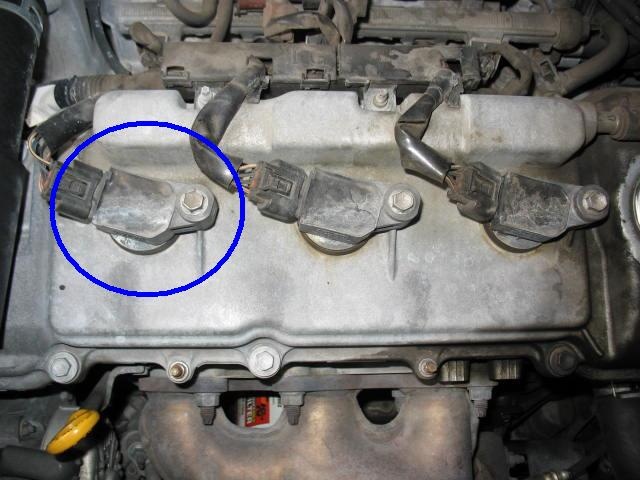The engine misfire means that a car’s engine skips over one of the processes of its combustion cycle. This generally causes the engine to run rough, jerk, or buck, thus leads to an inefficiently run engine. Engine misfires include lean misfires, ignition misfires, and mechanical misfires. Lean misfire refers to an engine misfiring caused by an unbalanced air-fuel ratio. Ignition misfire is engine misfire occurred on the specific cylinder, it can be caused by spark plug, wire, distributor, or ignition coil fail. Mechanical misfire is the result of the mechanical failure of engine components.
First, let’s have a glance at the working process of an engine cylinder. It is a four-stroke cycle: induction (fuel enters), compression, ignition (fuel is burnt) and emission (exhaust out). Generally, air and fuel are sent to each cylinder’s combustion chamber where the mixture is compressed. Coil voltage travels through a spark plug that is located at the top of each chamber. The spark plug ignites the compressed mixture. The expansion of the high temperature and high pressure gases, which are produced by the combustion, then directly applies force to components of the engine, such as the pistons or turbine blades or a nozzle, and by moving it over a distance, generates useful mechanical energy.
When this incomplete combustion process becomes severe enough, the driver will feel a jerking action from the engine and/or powertrain.
Here in this article, we’ll explore the reasons your engine might suffer a misfire or what to look for when your engine misfires and provide you some methods to trace down the cause although can be very difficult to diagnose.
Engine misfire can be the result of a loss of spark and the loss of spark can be due to fouled spark plugs, bad wires, or a distributor cap that has developed a crack. Plugs should normally be replaced every 40,000 miles. Fouled spark plug wires a will prevent voltage from reaching the plug, if this occurs, the compressed air-fuel mix in the associated cylinder’s combustion chamber will be unable to ignite. A cracked distributor cap can also cut off the voltage.
It can also be the outcome of an unbalanced air-fuel mixture. The air-fuel mixture within the combustion chamber can be too lean, i.e. the percentage of fuel-to-air is too low or too rich. The mixture can’t burn efficiently. A fuel pump that is failing, a fuel injector that has formed an obstruction in the nozzle, or even a leaking exhaust gas recirculation (EGR) valve can be one to be blamed for a lean mixture. While a leaking injector results in a rich one.
Compression leak may be the criminal. Compression leak means the loss of a portion of the air-fuel mixture before it can be ignited. This problem can usually be narrowed down to two potential root causes: an exhaust valve that has formed a leak or a blown head gasket.
With a proper scan tool, you can diagnose the problem like a pro. It can help you locate the problem. Once the scan tool is connected to a data link connector, a problem code can be read. For example, an engine misfire code P0301 has a reading of“cylinder 1 Misfire Detected” or P0313 of “misfire detected low fuel level.” A scan tool make a complicated car engine misfire simple and make life much easier. With it, you don’t have to go through with repeated and time consuming tests to try to find the cause. It is just the advantage of our modern advanced technology. So, why don’t take the time and enjoy it?

Engine misfire causes analysis
by
Tags:

Leave a Reply